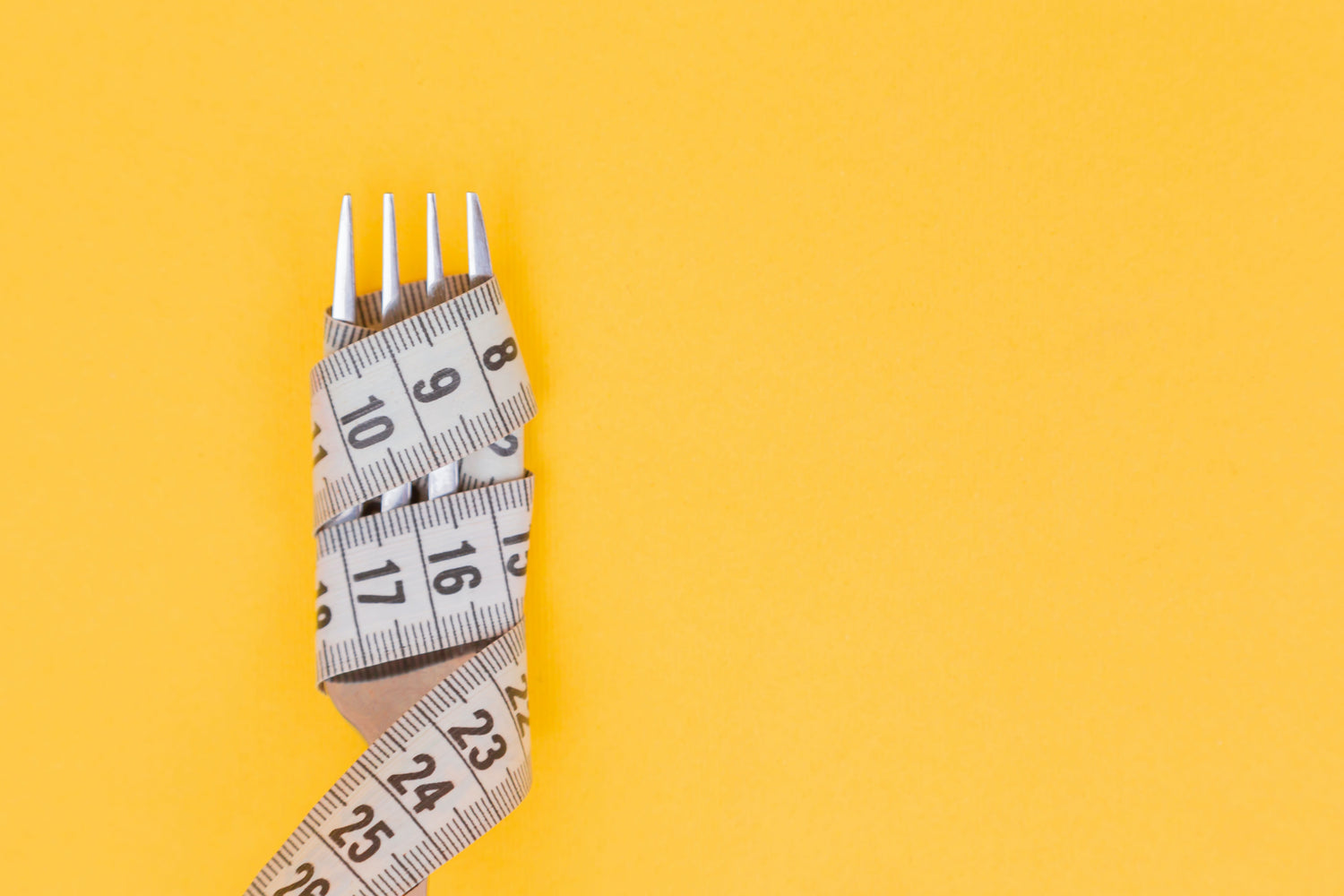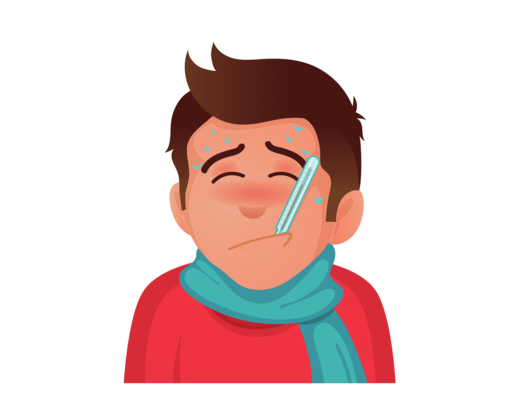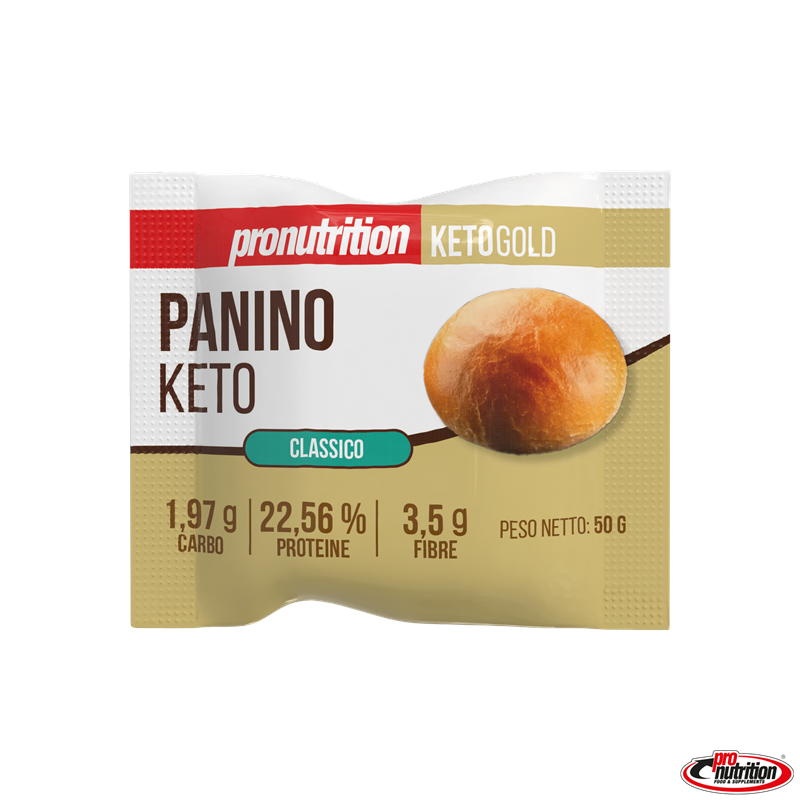Keto Information
Keto Information
MACROS, THE APP YOU SHOULD USE TO COUNT YOUR DAILY CONSUMPTION
Increasingly, we're finding resources that help us optimize our diet. There are countless apps, but one in particular was designed specifically for the keto diet. The app we use and recommend is MACROS , an app that lets you count your calories and plan your diet. With it, you can quickly and easily record all your daily food intake (macros). Whether packaged foods, such as flour, or prepared foods, or natural foods, such as fruits, vegetables, and meats. In MACROS , you also enter your body data, weight, height and desired weight. Have you tried it yet? Tell us what you think, we'll read you.
Read moreKETOGENIC DIET AND SPORT
The ketogenic diet, low in carbohydrates, is a very good option for athletes. As you know, our body obtains energy from two macronutrients: carbohydrates and fats. Energy from carbohydrates is our body's first choice, as it's the one we obtain most quickly. Carbohydrates are broken down into simple glucose molecules and quickly enter the bloodstream to be used during periods of physical exertion. The keto diet is a diet where we reduce the consumption of carbohydrates (sugar, flour, legumes, and some fruits) so that our body uses our fat (adipose tissue) as an alternative form of energy. In this way, adipose tissue deposits begin to reduce, and as a result, body remodeling is achieved, which is commonly known as a "muscular body." Physical performance: The energy provided by fats favorably affects the body's muscles, since the muscle can work longer before reaching the anaerobic threshold (muscle fatigue phase). An athlete's muscular performance is enhanced by the energy obtained from our fats, as it allows for continued muscle development, reducing the fat-to-muscle ratio. If you're an athlete, remember to always consult a professional before making any changes to your diet.
Read moreKETO FOODS AT EROSKI
Eroski grated mozzarella cheese Torre de Nuñez Bacon Navidul cured ham Eroski smoked bacon Campomayor organic eggs Asturian whipping cream Eroski goat cheese roll Washed spinach
Read moreKETO FOODS AT LIDL
Ecuadorian dark chocolate 95% Alesto California Almond 200 gr Roasted hazelnuts without salt Alesto Goldessa Cream Cheese 200 gr Baresa anchovy-stuffed olives, pack of 3 cans Pitted Baresa black olives Milbona whipping cream 500 ml Provolone Lovilio Cheese 150 gr Chene d'Argent goat cheese Roncero semi-cured Mahon cheese Brie Chene d'Argent Cheese Milbona Olive Spreadable Cheese Mousse Milbona Feta Salad Cheese Gorgonzola PDO Lovilio Cheese Barbecue-flavored torreznos Snack Day 100 gr Classic Torreznos Snack Day 100 gr Giant aguasal sunflower seeds Snack Day Trujitas Snack Day Pork Rinds Nocilla without added sugar Mushrooms and Champignons Allioli Chovy Milbona Natural Greek Yogurt Reny Picot 3-cheese grated cheese Roncero soft cheese Milbona Golden Hills Butter Valley Spire Cheddar Cheese Frozen raspberries Gold ground coffee Nixe Cockles Anchovies from the Cantabrian Ocean Sea Nixe squid tacos Nixe Spicy Sardines Sardines in olive oil Nixe
Read moreHOW IS YOUR BASAL METABOLISM RATE CALCULATED AND HOW MANY CALORIES SHOULD YOU CONSUME DAILY?
Basal metabolic rate (BMR) is the number of calories you burn daily without any activity. It is calculated as follows: Men = (10 x kg weight) + (6.25 x height in cm) - (5 x years of age) + 5. Women = (10 x kg weight) + (6.25 x height in cm) - (5 x years of age) - 161. Do you want to know how many calories you should consume per day? Multiply your TBM by the number that describes your activity level: Little or nothing: 1 Sedentary work: 1.2 Moderate (3-5 times per week) 1,375 Soft (1-3 times per week) 1.55 Intense (6-7 times per week) 1,725. The number of calories per day is recalculated as you lose weight. The more you weigh, the more energy you need. You should also recalculate them if you change your physical activity level. If you prefer, we have a keto calculator for you here.
Read moreWHY IS IT IMPORTANT TO COUNT MACROS?
Macros is the abbreviation for macronutrients, which refers to carbohydrates, fats, and proteins. Carbohydrates (which provide energy), fats (which have a very bad reputation, when, in reality, they contribute to cell growth, protect organs, self-regulate our temperature and also provide energy) and proteins (which build and repair muscles). They are called macros because we need to consume them in larger quantities than micronutrients (vitamins and minerals). The proportion of macros will vary depending on your goals, physical activity level, and the amount of exercise you do on a daily basis. If you train hard every day, you'll need to increase your protein intake to regain muscle mass and prevent future injuries. However, if you're more into cardio, you'll need to increase your carbohydrate intake to prevent glycogen depletion. For those following the keto diet, it is a very important tool, as they must be very careful with the amount of carbohydrates and fats they consume, especially. We recommend the MACROS app to track your nutritional intake and plan your daily diet.
Read moreTHE MAIN REASONS WHY THE KETO DIET HAS STOPPED WORKING FOR YOU
Has Keto stopped working for me? Is Keto sustainable long-term? Why doesn't Keto work for me? Why am I not losing weight like everyone else?
Read moreWhat is the keto flu?
Keto flu is a set of symptoms that some people experience when they first start the ketogenic diet. These symptoms, which may seem similar to those of the flu, are caused by the body adapting to a new diet consisting of very few carbohydrates. Reducing your carbohydrate intake forces your body to burn ketones for energy instead of glucose. Ketones are byproducts of fat breakdown and become the primary fuel source when following a ketogenic diet. Normally, fat is reserved as a secondary fuel source for use when glucose is not available. This switch to burning fat for energy is called ketosis. . It occurs during specific circumstances, including starvation and fasting . However, ketosis can also be achieved by adopting a very low-carb diet. In a ketogenic diet , carbohydrates are usually reduced to less than 50 grams per day . This drastic reduction can be a shock to the body and can cause withdrawal-like symptoms, similar to those experienced when stopping an addictive substance like caffeine . Symptoms: Switching to a very low-carb diet is a major change, and your body may need time to adjust to this new way of eating. For some people, this transition period can be especially difficult. Signs of the keto flu can begin within the first few days after cutting carbs. Symptoms can range from mild to severe and vary from person to person. While some people can transition to a ketogenic diet without side effects, others may experience one or more of the following symptoms. Nausea Vomiting Constipation Diarrhea Headache Irritability Weakness Muscle cramps Dizziness Poor concentration Stomachache Muscle pain Difficulty sleeping Sugar cravings These symptoms are common among those just starting the ketogenic diet and can be distressing. Symptoms usually last about a week , although some people may experience them for a longer period of time. While these side effects may cause some dieters to throw in the towel, there are ways to reduce them .
Read moreWHAT IS KETOSIS?
Ketosis is a metabolic state in which your body uses fat for fuel instead of carbohydrates. It occurs when you significantly reduce your carbohydrate consumption, limiting your body's supply of glucose (sugar), which is the primary source of energy for cells. Following a ketogenic diet is the most effective way to enter ketosis. This generally involves limiting carbohydrate consumption to about 20 to 50 grams per day and filling up on fats, such as meat, fish, eggs, nuts, and healthy oils . It's also important to moderate your protein intake. This is because protein can be converted to glucose if consumed in large amounts, which can delay your transition to ketosis . Practicing intermittent fasting may also help you enter ketosis faster. There are many different forms of intermittent fasting, but the most common method involves limiting food intake to about 8 hours per day and fasting for the remaining 16 hours . Blood, urine, and breath tests are available that can help determine if you've entered ketosis by measuring the amount of ketones your body produces. Certain symptoms may also indicate that you have entered ketosis, such as increased thirst, dry mouth, frequent urination, and decreased hunger or appetite .
Read moreFOODS TO AVOID ON KETO
Any food with high carbohydrate content should be limited. Below is a list of foods that should be reduced or eliminated on a ketogenic diet: sugary foods: soft drinks, fruit juices, milkshakes, cakes, ice cream, sweets, etc. cereals or starches: products based on wheat, rice, pasta, cereals, etc. fruit: all fruit except small portions of berries such as strawberries, coconut, blueberries. beans or legumes: peas, beans, lentils, chickpeas, etc. tubers and tubers: potatoes, sweet potatoes, carrots, parsnips, etc. Dietary or low-fat products: low-fat mayonnaise, salad dressings, and condiments some condiments or sauces: barbecue sauce, honey mustard, teriyaki sauce, ketchup, etc. unhealthy fats: processed vegetable oils, mayonnaise, etc. alcohol: beer, wine, liquor, mixed drinks Sugar- free diet foods : candies, syrups, puddings, sweeteners, desserts, etc. SUMMARY Avoid carbohydrate-based foods such as grains, sugars, legumes, rice, potatoes, sweets, juices, and even most fruits.
Read moreOTHER HEALTH BENEFITS OF THE KETO DIET
The ketogenic diet actually originated as a tool to treat neurological diseases such as epilepsy. Studies have now shown that the diet can have benefits for a wide variety of different health conditions: Heart disease. The ketogenic diet may help improve risk factors such as body fat , HDL (good) cholesterol levels, blood pressure, and blood sugar. Cancer. Diet is currently being explored as an additional treatment for cancer, as it may help slow tumor growth. Alzheimer's disease. The ketogenic diet may help reduce the symptoms of Alzheimer's disease and slow its progression . Epilepsy. Research has shown that the ketogenic diet can significantly reduce seizures in children with epilepsy. Parkinson's disease. Although more research is needed, one study found that the diet helped improve symptoms of Parkinson's disease . Polycystic Ovary Syndrome . The ketogenic diet may help reduce insulin levels, which may play a key role in polycystic ovary syndrome . Brain Injuries. Some research suggests that diet may improve outcomes after traumatic brain injuries . However, keep in mind that research in many of these areas is far from conclusive.
Read moreWhy do ketone bodies make you burn more fat?
As we have seen in other articles, when carbohydrate intake is drastically reduced (not to zero because carbohydrates, even in small proportions, are present in many foods), the liver uses the fatty acids in adipose tissue to generate ketone bodies. So, the energy your body uses on the keto diet is ketone bodies, which are fat waste. It's a slow and costly metabolic pathway. But the important thing is that it requires large amounts of fat to obtain the same energy it would from carbohydrates. That's why it helps with weight loss.
Read more













